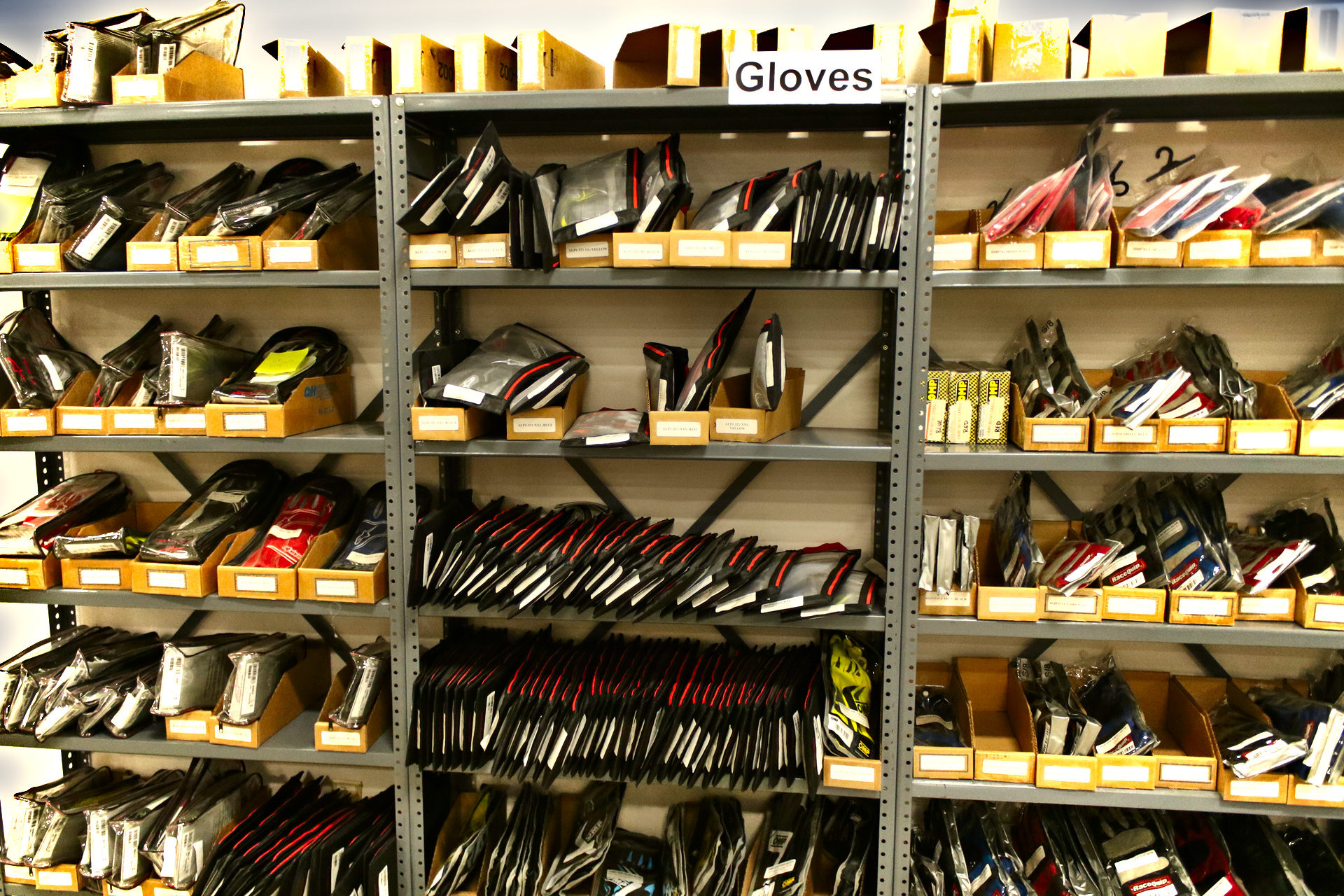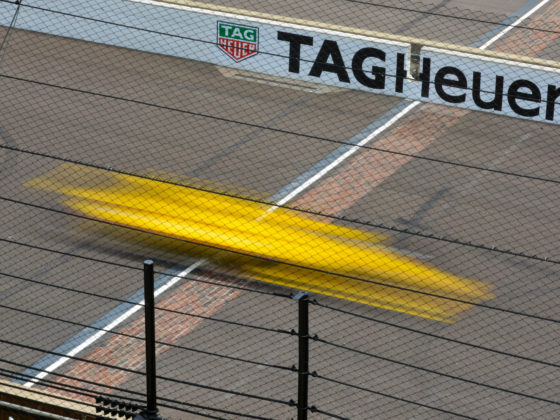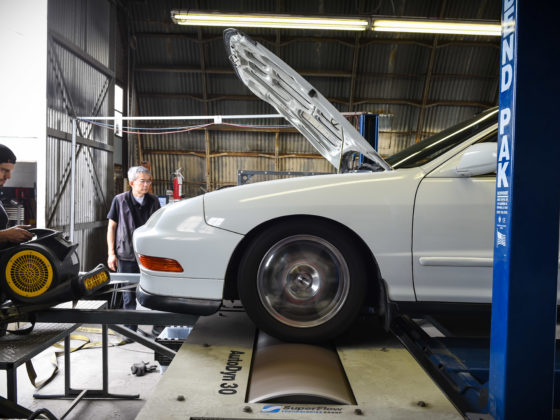If you’ve ever gone faster than 100MPH without a top on your vehicle, you might have noticed that your helmet has a tendency to get sucked off of your head. Helmets designed for open cockpits have various aerodynamic enhancements to try and keep the helmet planted.
In the case of this Bell GTX.3, a duck-bill style “wing” on the back and an aerodynamic lip on the chin help to generate downforce and keep the helmet planted. If you have an open cockpit, you probably want to consider these features, which may limit your overall choices.

The construction of a helmet and the choice of materials also goes into the total weight of the package. While a helmet isn’t heavy when you pick it up, over long periods of time and when sustained g-forces are involved, every pound is eventually felt. Carbon and other “exotic” composites lighten the overall helmet, but that weight savings comes at at a (sometimes significant) cost.
Asides from comfort, the weight of a helmet is important in a collision, especially with a wall, tire barrier, or other immovable object. The laws of physics and motion say that objects in motion will tend to stay in motion until they meet some other force. When you crash, your body is strapped in to the cockpit via the harnesses. What isn’t strapped down is your head. The average human head weighs 10 lbs. Add a few pounds of helmet onto that, and you have a bowling-ball mass that wants to keep traveling at 80-or-whatever-MPH it was going when the car stopped. Reducing the overall mass of the helmet is the only way you can help improve this physics equation, unless you cut off your head. While some might think race car drivers have no brains, you at least need one up there, and keeping it safe is a good idea.
Also, on the materials front, all helmets lined with a flame retardant cloth (Nomex, CarbonX, or similar). Part of the “you get what you pay for” value in more expensive units is usually the quality of these materials, which is directly related to both how well they wear, how well they feel on your head, and, in some cases, things like moisture wicking and other value-adds.
Compared to the old days with vents everywhere, manufacturers are starting to move away from vents. In a closed-cockpit car, there’s not always a ton of airflow in the cabin. Helmet vents may or may not provide any significant cooling benefit. Also, with many other personal cooling methods available (cooled shirts and etc), the usefulness of vents has been somewhat reduced. As an alternative to vents, some helmets offer “forced air” options, with a big hole that you can hook a tube/fan setup to.
This Arai only has a few vents on top, and they can be opened or closed. The venting can also help with evacuation of the hot, moist air that you breathe out, and can minimally aid in preventing fogging of your visor.

The primary, main, absolute, fundamental thing is buying a helmet that fits your head correctly. If it fits weird, or doesn’t fit the crown of your head, or doesn’t properly fit your face, or is loose, it won’t work optimally in an accident / incident. Or, worse, it won’t work at all. What do these fitment things really mean, though?
When helmet is pulled down fully onto your head, there should be light pressure around top of your skull. It shouldn’t be headache pressure, but more like cupping the top of your head. The same goes for the fitment around your face. It should not be grandma cheek squeezing tight, but there should be light pressure on your cheeks, forehead, and anywhere else the helmet should be touching. If the helmet interior is not touching your face at all, it’s too big. Some manufacturers make replacement or supplemental interior padding to be used to improve the fitment. Your safety retailer will be able to let you know if the helmet you like has those options available.
When the helmet is on your head, it should not be floppy or loose. Shaking your head should result in almost no helmet movement. If aggressively shaking your head “no” results in the helmet moving from its original, centered position, it’s too big.
What about the helmet strap? A fully tightened strap should be snug. It does not need to be cranked to the point of choking you out. You should be able to stick maybe one finger between the strap and under your chin/neck comfortably. Anyone familiar with bridling a horse will have a good idea of what that means. So.. take that for what it’s worth.
With helmet on and the strap done, you should not be able to pull the helmet off of your head. If you can pull on back of the helmet and it slides down over / past your eyeballs, it’s too lose. Again, just measuring your head per the manufacturer suggestions and making a purchase doesn’t guarantee correct fitment. Do it right.






1 comment
Thanks for great for me